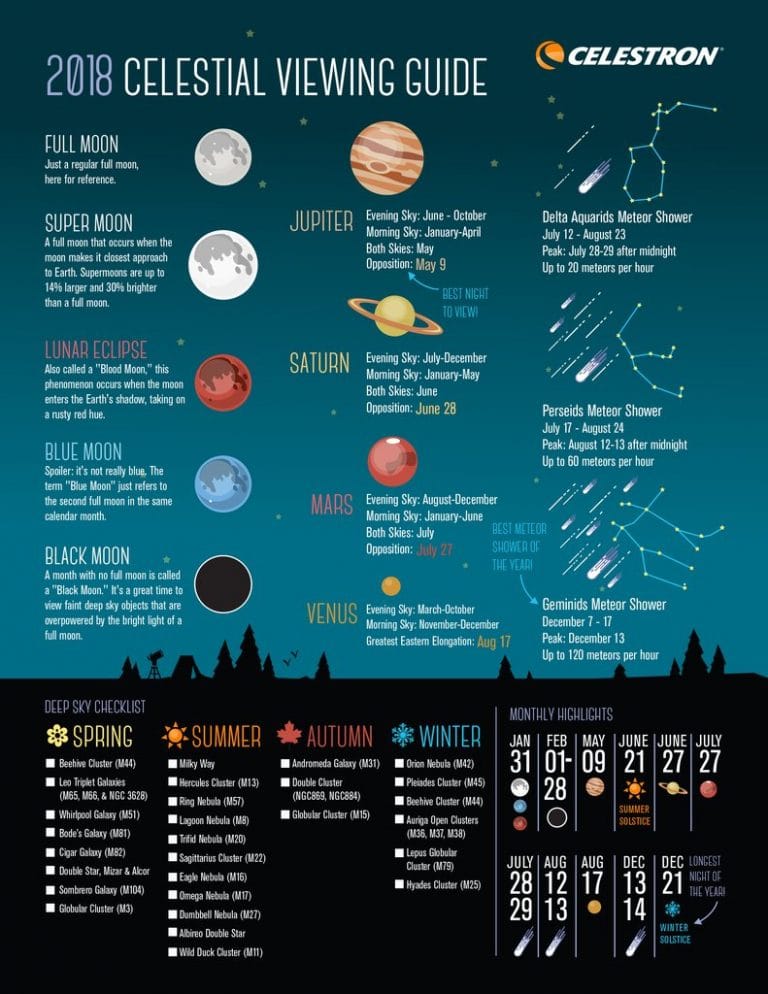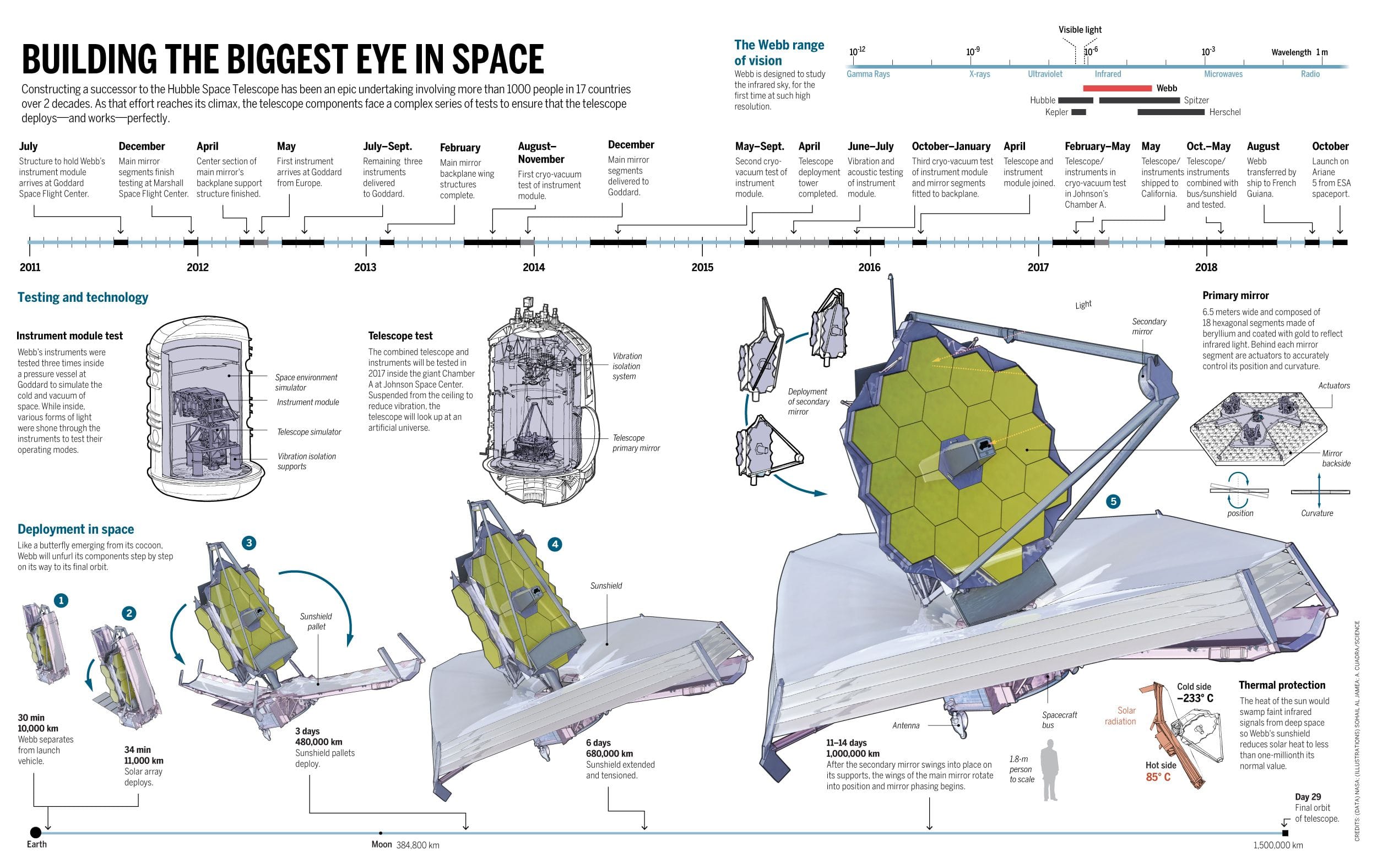NASA’s latest announcement has sent ripples through the scientific community and beyond. The space agency has revealed that an asteroid, designated as a “citykiller” due to its potential for significant destruction, has a 1 in 83 chance of colliding with Earth in the year 2032. This probability, while relatively low, has prompted a renewed focus on planetary defense strategies and emergency preparedness measures. The asteroid in question, if it were to impact the planet, could cause widespread devastation, making it imperative for international cooperation and advanced planning. NASA’s scientists have been diligently monitoring the asteroid’s trajectory, utilizing cutting-edge technology and sophisticated modeling techniques to refine their predictions. These efforts are crucial for determining the best course of action should the asteroid pose a genuine threat.
The term “citykiller” refers to asteroids with a diameter ranging from 460 to 1,312 feet (140 to 400 meters). An impact from such an object could result in catastrophic consequences, including substantial loss of life and infrastructure damage. The last noteworthy asteroid impact on Earth occurred in 2013, when a meteor exploded over Chelyabinsk, Russia. Although it was smaller in size, the event injured over 1,000 people and caused significant property damage. This incident serves as a stark reminder of the potential dangers posed by near-Earth objects (NEOs).
NASA’s Center for Near Earth Object Studies (CNEOS) is at the forefront of tracking and studying NEOs. The agency’s Spaceguard Survey has identified approximately 90% of asteroids larger than 1,000 meters in diameter, but smaller objects like the one in question remain a focus of ongoing research. The development of early warning systems and deflection technologies is a critical component of NASA’s planetary defense initiatives. These technologies aim to detect and mitigate potential threats well in advance, thereby minimizing the risk of an impact event.
The international scientific community has also been actively engaged in this endeavor. The United Nations Office for Outer Space Affairs (UNOOSA) and the European Space Agency (ESA) are among the organizations collaborating with NASA to enhance global preparedness. Recent missions, such as the Double Asteroid Redirection Test (DART), demonstrate the feasibility of deflecting asteroids by altering their trajectories. In September 2022, DART successfully impacted the asteroid Dimorphos, marking a significant milestone in asteroid deflection technology.
Despite these advancements, the uncertainty surrounding the 2032 asteroid impact underscores the need for continuous vigilance and innovation. The 1 in 83 chance may seem small, but it underscores the importance of preparedness. Governments and international bodies are urged to invest in research and technologies that can further reduce the risk of asteroid impacts. Public awareness and education on this topic are also essential, as informed citizens can play a crucial role in advocating for and supporting planetary defense initiatives.
In conclusion, the revelation of a 1 in 83 chance of a citykiller asteroid impacting Earth in 2032 highlights the ongoing need for robust planetary defense measures. While the probability may be low, the potential consequences are immense. NASA’s continued efforts, along with international collaboration, are crucial for safeguarding our planet from such threats. As we look to the future, advancing our understanding and capabilities in asteroid detection and deflection will be vital in ensuring the safety of humanity.



